What if there were a Church Hill Hall of Fame? Who over the past few centuries has made their mark enough to be remembered?
I’ve got 6 people that seem like shoe-ins, listed from most recent and going back… Who else would you nominate?
— ∮∮∮ —
Church Hill Hall of Fame
|
L. Douglas Wilder (1931-)
L. Douglas Wilder was governor of Virginia from 1990 until 1994. His was a political career of many firsts: the grandson of slaves, he was the first African American elected governor of any state in America. He was the first black member of the Virginia Senate in the twentieth century. And he was the first African American to win statewide office in Virginia when he was elected lieutenant governor in 1985. A Democrat, he ran briefly for United States president in 1991 and in 2004 was elected mayor of Richmond, serving until 2008.
|
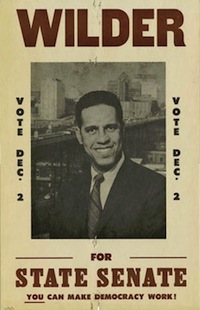
|
| |
Thomas Cannon (1926-2005)
The self-described poor man’s philanthropist, he gave away more than $150,000 over the past 33 years, mostly in thousand-dollar checks, to people he read about in the Richmond Times-Dispatch who were experiencing hard times or who had been unusually kind or courageous.
Recipients included a Richmond woman who started a youth center in her low-income apartment complex, a retired postal worker who was a faithful volunteer at his neighborhood elementary school, a man and woman who wanted to return to Vietnam to visit their home town, a Richmond crime-victim advocate, a Petersburg teenager who had been abandoned as an infant and recently had been named Boys and Girls Clubs’ Youth of the Year for Virginia.
|
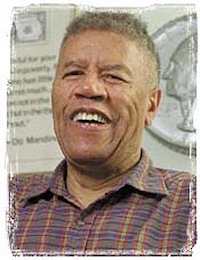
|
| |
Ray Dandridge (1913-1994)
Elected to the Baseball Hall of Fame by Veterans Committee: 1987
Diminutive, bow-legged Ray Dandridge was one of the best defensive third basemen in the history of the Negro National League or any other league. A contact hitter who consistently batted .300 or better, Dandridge played seven years with Newark of the Negro National League and also spent eight summers in the Mexican League and 11 winters in the Cuban Winter League. After the color barrier fell, he played four years with the Giants’ Triple-A affiliate in Minneapolis, batting .318 overall and winning the American Association MVP in 1950.
|

|
| |
Mary Wingfield Scott (1895-1983)
Virginia Preservationista, authored Houses of Old Richmond, published in 1941, and Old Richmond Neighborhoods, published in 1950. Miss Scott’s books are still the bibles of Richmond architectural history. She was instrumental in the preservation of Linden Row, Oregon Hill and Church Hill, and she has been an inspiration for generations of preservationists who have followed in her footsteps.
|
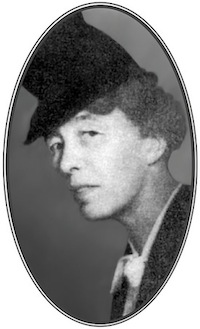
|
| |
Elizabeth Van Lew (1818-1900)
The first Union flag to wave over Richmond in four years was raised in 1865 by this famous and effective Union spy. Born into a prominent Richmond family, Elizabeth Van Lew returned from her schooling in Philadelphia as an adamant abolitionist determined to fight slavery in the bastion of the South. “Slave power,” she wrote in her diary, “is arrogant, is jealous and intrusive, is cruel, is despotic.” Outspoken and rebellious, she appeared to her neighbors to be more than a little eccentric and soon became known as “Crazy Bet.” After Virginia seceded and Fort Sumter fell, she used her reputation for innocuous idiosyncracy as a shield behind which her shrewd and resourceful mind devised schemes to abet the Union cause from within Richmond.
|
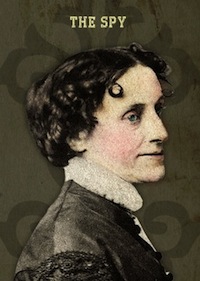
|
| |
Patrick Henry (1736-1799)
St. John’s Church became famous as a living memorial to American liberty when over 100 Virginia colonial leaders, including Patrick Henry, George Washington, Thomas Jefferson, Richard Henry Lee, and Peyton Randolph met here in March of 1775 to avoid the wrath of Royal Governor Lord Dunmore in Williamsburg. St. John’s Church was the only building in Richmond suitable to hold the delegates. Patrick Henry’s famous “Give me Liberty or Give me Death” speech was delivered on 23 March 1775 inside the church. Henry’s timely resolutions passed by a narrow margin and the American Revolution began the following month when shots were fired at Lexington and Concord.
|
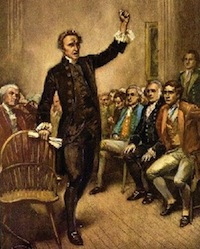
|
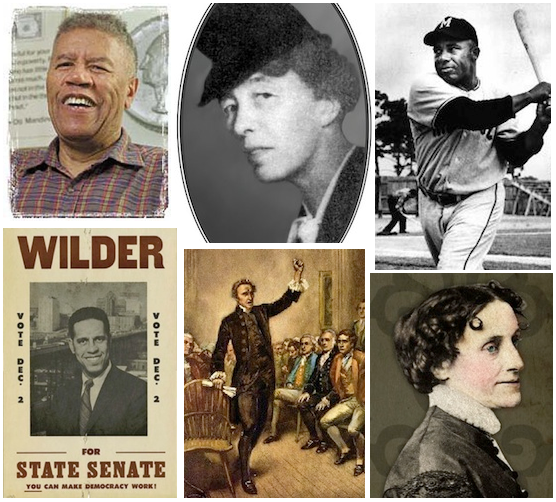









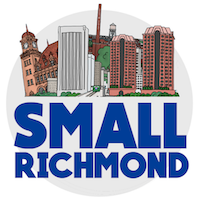

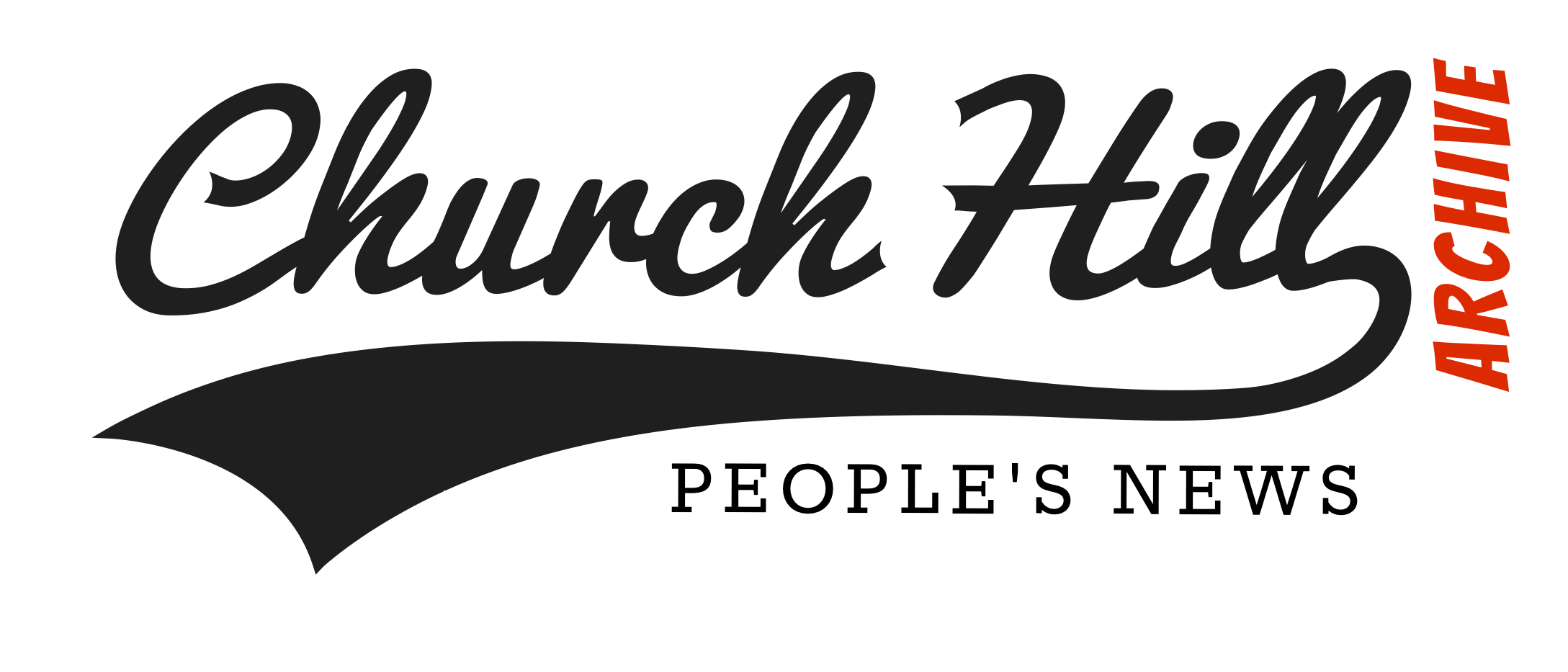
No argument against those already mentioned and no doubt, many others should be considered. My nominee is Chuck Wrenn, who has lived on Church Hill since 1978. For background go here — http://slantblog.blogspot.com/2008/06/chuck-wrenn-to-richmonds-imaginary-rock.html
I’d like to nominate Buddy Corbett!
Mary Thompson, Mary Robinson and Phyllis May immediately come to mind. They’ve always believed in this community and shown through their actions. These ladies walk the talk. They are my 21st century heroines.
How about Curtis Holt? http://en.wikipedia.org/wiki/Curtis_Holt
Henry Marsh
http://www.library.vcu.edu/jbc/speccoll/vbha/church/marsh.html
“Marsh began a legal career in 1961, joining the Richmond law firm, now Hill, Tucker & Marsh. Serving as counsel for the NAACP, he fought Richmond’s segregationist school policies. In 1966, Marsh successfully ran for a position on the Richmond City Council; in 1977, he was elected the first African-American mayor of Richmond, and led a coalition of black council members who made historical changes in the city, including the adoption of a human rights ordinance, the appointment of many African Americans to boards and commissions, and the revitalization of downtown Richmond. In 1991, he was elected to the Senate of Virginia for the 16th District” (http://www.virginia.edu/publichistory/biographies/hm.html)
John Murden belongs in my contemporary Church Hill Hall of Fame.
Through CHPN, he’s informed, educated, and engaged folks throughout our community on a range of issues that impact all of us.
Thank you, John.
Elisabeth Scott Bocock, who fought for the preservation of many Richmond structures and rescued a number of them, some of which she facilitated relocating onto Church Hill. She also founded the Hand Workshop Education Program to teach youngsters how to create art, pottery, sculpture and more; now known as the Visual Arts Center of Richmond, it was originally located in Church Hill. Bocock also created the 2300 Club at 2300 E. Broad St. (now 2300 E. Grace St.) in order to provide residents with a place to dine, meet or socialize. Her involvement in historic preservation goes beyond what space will allow here, though she is truly deserving!
The Adams family: Richard, Samuel and John- who first owned much of (as well as developed and lived upon) Church Hill- originally known as both Adams’ Hill as well as Richmond Hill. . .
see Mordecai pp. 137-139, Second Edition, 1860
Louise F. Catterall (Mrs. Ralph T.) who in 1956 with Elisabeth Scott Bocock, founded the Historic Richmond Foundation. Mrs. Catterall was Archivist at the Valentine Museum, a noted author and historian tracing early Richmond’s roots through genealogy and architecture and a tireless force who with HRF worked with state senators and local government to establishing the Local Old & Historic District in 1957. Today, this is an important city ordinance that creates a layer of protection against demolition and significant alteration to structures in historic districts.
Mr. S. Douglas Fleet, whose direct involvement with the Historic Richmond Foundation and its work on Church Hill began in the 1960s. He was elected HRF President in 1970.
If not for Doug Fleet, numerous Church Hill renovators would not have found financing for their projects. The creation of the St. John’s Church Old and Historic District in 1957 did not change banks’ perception of renovation in Church Hill as a risky venture. To get renovation capital flowing, Doug Fleet established the “Church Hill Corporation” with a large endowment to be lent at low interest rates for the renovation of houses on Church Hill. This singular act allowed many people to move to Church Hill who otherwise would have gone elsewhere.
Among the houses Mr. Fleet renovated are the Shue/Fleet House, 2605 E. Franklin St., the Yarbrough House (2215 E. Broad St.), and the four contiguous buildings at 2220 E. Grace. These four he had remodeled as the location of the 2300 Club when it moved from 2300 E. Broad Street. Mr. Fleet worked closely with Mrs. Bocock on several projects. They collaborated to move the houses now located at 2608 and 2610 E. Franklin St. from the site of the downtown library.
Mr. Fleet’s interest in the neighborhood went deeper than historic preservation. He was a gentleman to all and often gave money to neighborhood building efforts, often anonymously. Only recently it became known that on condition of anonymity he donated the initial funding for the Church Hill Crime Watch. The idea of a crime watch was resisted by early local leaders because of concern it would discourage future residents. Mr. Fleet saw the safety of current residents as the more important concern.
see: Reed Square benefactors
I love this… Thank you all for sharing & suggesting. More more more!
Daniel Day-Lewis has got to be in this right?
@2 – by the sound of his posts, I gotta wonder whether he might be disqualified for steroid use. If he’s clean, he’s got my vote too.
This probably isn’t much help. I used to have a neighbor who would sit on his front porch every day. Then one day, I went to the Black History Museum and he was featured in the video as a Civil Rights leader in Richmond. He was moved to a nursing home when his wife and kids could no longer take care of him. I looked up the property records and it looks like they still own the house and it is listed under John T Mitchell. When I search the name and Richmond, I only come up with a John T Mitchell JR from Richmond who died in 1929. Perhaps they were family?
Poe
I think ALL of them and then some deserve a post in history connected with Church Hill. I have always said we need a museum in our area because it is the oldest in the city and full of rich history. I had hoped that the old Laundromat at 401 N 27th which is the oldest commercial building standing in the city (built 1815), would make a great one and is a great size and location being so close to St. John’s Church.
How about Chad Coleman, brother of our school board rep Don Coleman and actoring with roles in the Wire and the Walking Dead?
Four Corner Charlie.
Admittedly, my last visit to The American Civil War Center at Tredegar was about 5 years ago, but I found it passing strange that a museum with a mission to interpret the Civil War from Union, Confederate and African American perspectives had nothing – nada – in its collection about the famous abolitionist ‘spy’ Elizabeth van Lew.
At the very least they could have a photo on display of her Church Hill mansion which the City of Richmond demolished after her death.
Perhaps the Center has rectified its omission since my last visit.
Burt, now that IS odd. She is a local legend yet they skip over her entirely?
Shelby Long
Benjamin Wigfall
https://chpn.net/2017/02/10/benjamin-wigfalls-chimneys/